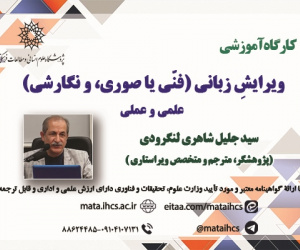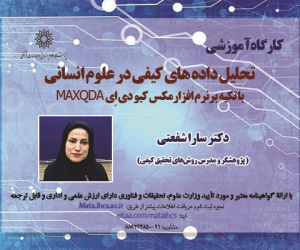چارچوب ارزش های رقابتی: بررسی ربع های چهارگانه فرهنگ سازمانی در سطح صنایع تولیدی
آرشیو
چکیده
مقدمه و هدف: هدف این پژوهش بررسی ارزش ها و ویژگی های انواع فرهنگ های سازمانی با استفاده از چارچوب ارزش های رقابتی و ترسیم نمایه های فرهنگی به صورت کلی و به تفکیک صنعت است.روش شناسی: بدین منظور، برای اندازه گیری ربع های چهارگانه فرهنگ سازمانی از رویکرد تجزیه و تحلیل متنی و داده های مربوط به 124 شرکت فعال در بورس اوراق بهادار تهران، طی یک دوره 10 ساله از سال 1391 تا 1400 استفاده شده است.نتایج: یافته ها نشان داد که فرهنگ رقابتی محور در جایگاه نخست و فرهنگ کنترل محور در جایگاه دوم سهم گسترده ای از چارچوب فرهنگی سازمان ها را شکل داده اند. فرهنگ خلاقیت محور و همکاری محور نیز به طور نسبتاً همسان، در رتبه های سوم و چهارم قرار گرفته اند.نتیجه گیری: وجود معیار هایی نظیر رقابت، سودآوری و بازده سبب شده است تا رهبران سازمانی تمایلاتی نسبت به ویژگی های فرهنگ رقابتی پیدا نمایند. همچنین بنا به ساختار دولتی، پیروی از نظام سازمانی و حاکمیتی منجر شده است تا فرهنگ کنترل محور از مقبولیت بالایی برخوردار باشد. به همین دلیل، ربع های فرهنگی خلاقیت و همکاری محور متاثر از ارزش های فرهنگی این دو فرهنگ مذکور در سطوح پایین تری جای گرفته اند.Competing Value Framework (CFV): Examining the four quadrants of firm’s organizational culture at the manufacturing industries level
Purpose: The purpose of this research is to examine the values and characteristics of organizational cultures using the framework of competitive values and drawing cultural profiles in general and by industry.Methodology: For this purpose, in order to measure the four quadrants of organizational culture, the approach of textual analysis and data related to 124 active companies in Tehran Stock Exchange, during a 10-year period from 2012 to 2022, has been used.Results: The findings indicated that the competition-oriented culture was predominant in the first position, followed by the control-oriented culture in the second position, shaping a wide range of organizational cultural frameworks. Additionally, the creation-oriented culture and collaboration-oriented culture were relatively consistent in the third and fourth positions, respectively.Conclusion: The results have shown that the existence of criteria such as competition, profitability and efficiency has caused organizational leaders to find tendencies towards the characteristics of competition-oriented culture. Also, according to the government structure, following the organizational and governance system has made the control-oriented culture highly acceptable. For this reason, the cultural quadrants of creation and collaboration, influenced by the cultural values of these two cultures, are placed at lower levels.








